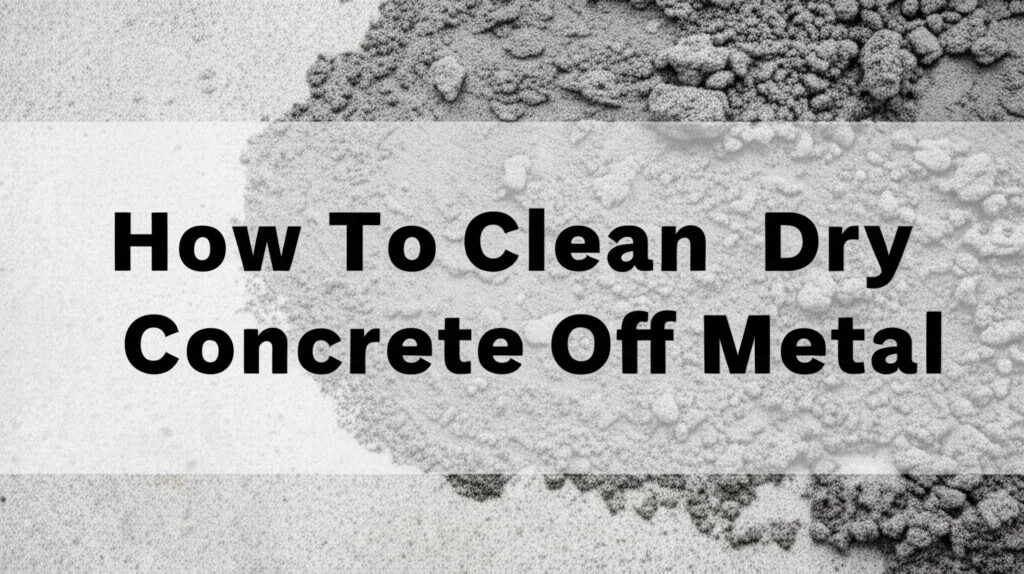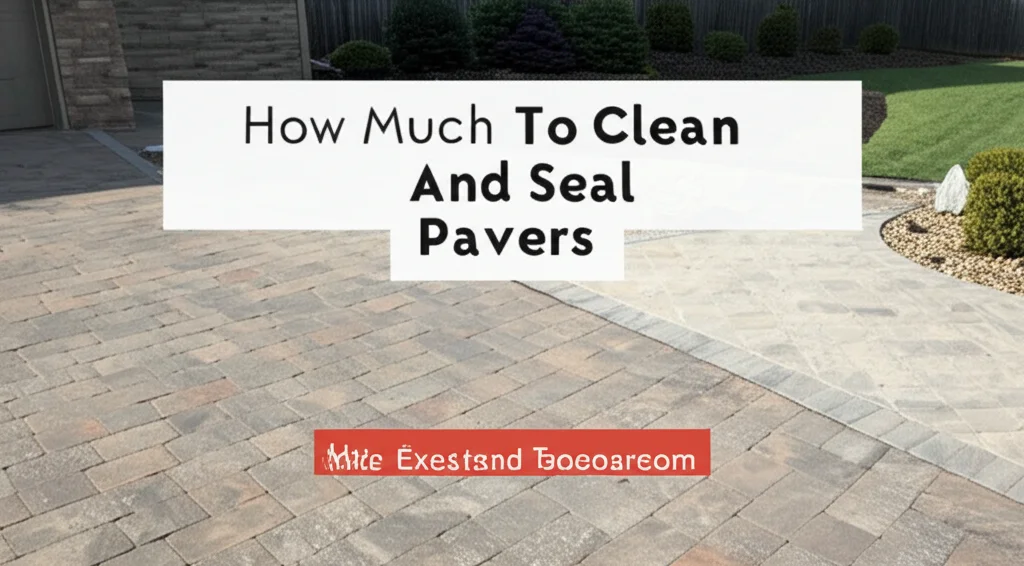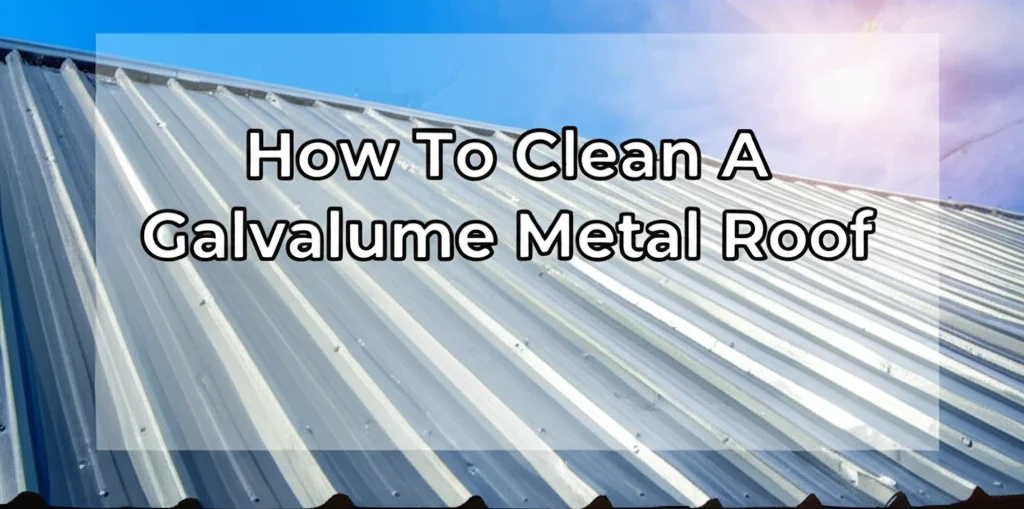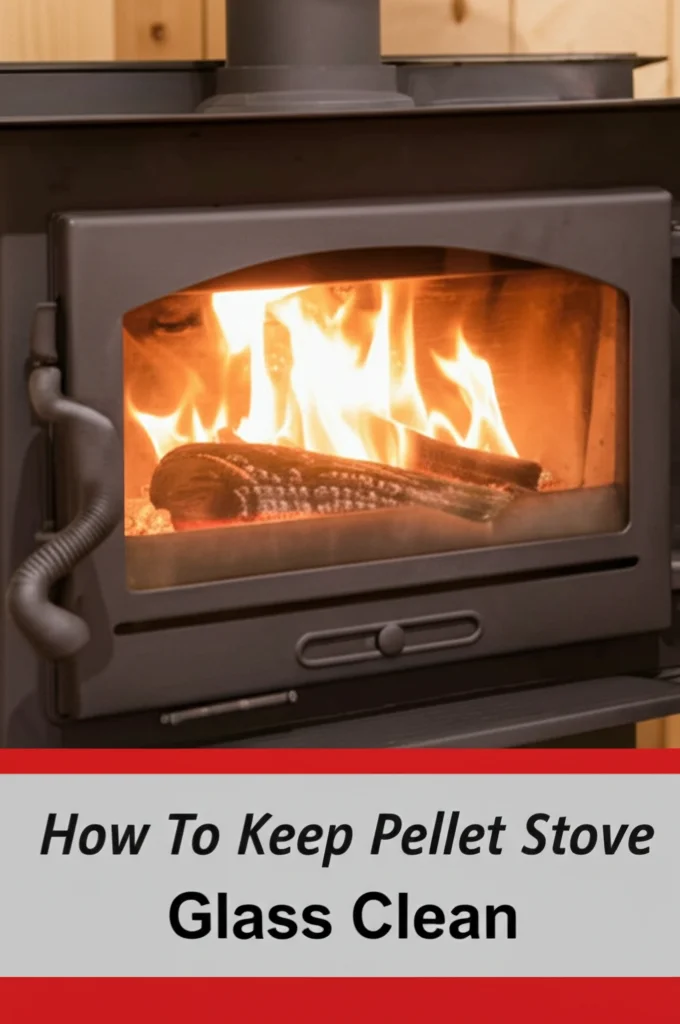· Home Improvement · 6 min read
How To Clean Dry Concrete Off Metal

Removing Concrete From Metal: A Simple Guide
Ever had concrete splatter onto your metal tools, equipment, or even vehicles? It’s a common problem on construction sites and during home renovation projects. Dry concrete on metal can seem impossible to remove, but don’t worry – it’s definitely achievable with the right approach. This article will walk you through several effective methods for cleaning dry concrete off metal, protecting your valuable items, and restoring their original appearance. We’ll cover everything from simple scraping to more advanced techniques, ensuring you find a solution that works for your specific situation. Let’s get started and tackle that stubborn concrete!
Quick Answer: To clean dry concrete off metal, start by gently scraping away loose debris. Then, use a concrete dissolving solution, wire brush, or pressure washer, followed by a metal polish to restore shine and prevent rust.
Takeaway:
- Scrape off loose concrete first.
- Use a concrete dissolving solution for stubborn residue.
- Protect the metal from rust after cleaning.
Understanding Why Concrete Sticks to Metal
Concrete adheres to metal due to a combination of physical and chemical factors. When wet, concrete contains calcium hydroxide, which reacts with carbon dioxide in the air to form calcium carbonate. This process, called carbonation, creates a hard, cementitious bond. The rough surface of concrete also provides plenty of points for mechanical interlocking with the metal. Understanding this bond helps you choose the right cleaning method. The longer concrete stays on metal, the stronger this bond becomes, making immediate action crucial. Ignoring the problem can lead to corrosion and permanent damage to the metal surface.
Method 1: The Scraping & Soaking Approach
This method is best for relatively thin layers of dry concrete. It’s a good starting point before moving on to more aggressive techniques. You’ll need a plastic scraper, warm water, and a concrete dissolving solution.
- Scrape Away Loose Concrete: Gently scrape off as much loose concrete as possible with a plastic scraper. Avoid using metal scrapers, as they can scratch the metal surface.
- Soak with Warm Water: Wet the remaining concrete with warm water to soften it. Let it soak for 15-20 minutes.
- Apply Concrete Dissolving Solution: Apply a commercially available concrete dissolving solution according to the manufacturer’s instructions. These solutions contain acids that break down the concrete.
- Scrub and Rinse: After the recommended soaking time, scrub the area with a stiff-bristled brush. Rinse thoroughly with clean water.
- Repeat if Necessary: If concrete remains, repeat the process.
Method 2: Utilizing a Wire Brush and Elbow Grease
For more stubborn concrete, a wire brush can be incredibly effective. This method requires more physical effort but can yield excellent results. Always wear safety glasses and gloves when using a wire brush.
- Choose the Right Brush: Select a wire brush appropriate for the type of metal you’re cleaning. Stainless steel brushes are good for most metals, while brass brushes are gentler for softer metals like aluminum.
- Dry Brushing: Start by dry brushing the concrete to remove loose particles.
- Apply Lubricant: Apply a penetrating oil or lubricant to the concrete to help loosen the bond. Let it sit for 10-15 minutes.
- Scrub Vigorously: Scrub the concrete with the wire brush, applying firm and even pressure. Work in small sections.
- Clean and Inspect: Wipe away the loosened concrete and inspect the area. Repeat as needed. Consider using a vacuum to remove the concrete dust.
Method 3: The Power of a Pressure Washer
A pressure washer can be a game-changer for removing concrete from metal, especially for larger areas. However, use caution to avoid damaging the metal surface. Always test the pressure washer on an inconspicuous area first.
- Adjust Pressure: Start with a low-pressure setting and gradually increase it until you find the optimal level for removing the concrete without damaging the metal.
- Use the Right Nozzle: A fan nozzle is generally safer than a pinpoint nozzle, as it distributes the pressure over a wider area.
- Maintain Distance: Keep the nozzle at a safe distance from the metal surface – at least 6-12 inches.
- Sweep the Area: Sweep the pressure washer nozzle back and forth across the concrete, working in overlapping passes.
- Rinse Thoroughly: Rinse the area thoroughly with clean water to remove any remaining concrete residue.
Method 4: Chemical Concrete Removers – A Deeper Dive
Commercial concrete removers are formulated to dissolve concrete effectively. They come in various forms, including gels, liquids, and pastes. Always read and follow the manufacturer’s safety instructions carefully.
- Choose the Right Remover: Select a concrete remover specifically designed for use on metal. Some removers may contain harsh chemicals that can damage certain metals.
- Apply Generously: Apply a thick layer of the concrete remover to the affected area.
- Cover and Wait: Cover the area with plastic wrap to prevent the remover from drying out. Allow it to sit for the recommended time, which can range from several hours to overnight.
- Scrub and Rinse: After the soaking period, scrub the area with a stiff-bristled brush and rinse thoroughly with clean water.
- Neutralize (If Necessary): Some concrete removers require neutralization after use. Check the manufacturer’s instructions.
Protecting Your Metal After Concrete Removal
Once you’ve removed the concrete, it’s crucial to protect the metal from rust and corrosion. Rust can quickly form on exposed metal, especially if it’s been scratched or damaged during the cleaning process.
- Dry Thoroughly: Ensure the metal surface is completely dry.
- Apply a Protective Coating: Apply a metal polish, wax, or sealant to create a protective barrier against moisture and corrosion.
- Consider Painting: For long-term protection, consider painting the metal surface with a rust-inhibiting primer and paint.
- Regular Maintenance: Regularly inspect the metal surface for signs of rust and apply a fresh coat of protective coating as needed. You can find more information on metal care at https://www.beacleaner.com/how-to-clean-metal-shower-hose/.
FAQ: Common Questions About Cleaning Concrete From Metal
Q: Can I use vinegar to remove concrete from metal? A: While vinegar can help soften concrete, it’s not very effective on dry, hardened concrete. It’s a mild acid and may take a very long time to work, and could potentially damage some metals. Stronger concrete dissolving solutions are generally more effective.
Q: Will a metal scraper scratch my metal surface? A: Yes, metal scrapers can easily scratch metal surfaces. Always use a plastic scraper to avoid damage.
Q: How can I prevent concrete from sticking to metal in the future? A: Apply a release agent or barrier coating to the metal surface before it comes into contact with concrete. This will make it much easier to remove any concrete that does splatter.
Q: Is it safe to use concrete dissolving solutions indoors? A: Most concrete dissolving solutions contain strong chemicals and should be used in a well-ventilated area. Always wear appropriate safety gear, including gloves and eye protection. You might also want to check out https://www.beacleaner.com/how-to-clean-kitchen-floor-without-mop/ for general cleaning safety tips.
Conclusion: Keeping Your Metal Clean and Protected
Cleaning dry concrete off metal can be a challenging task, but it’s definitely achievable with the right tools and techniques. Remember to start with the gentlest method and gradually increase the aggressiveness as needed. Always prioritize safety and protect your metal surfaces from rust and corrosion after cleaning. By following these steps, you can restore your metal items to their original condition and keep them looking their best. Don’t let concrete ruin your valuable tools and equipment – take action today! For more cleaning tips and tricks, explore our other articles at Beacleaner.com, like this one on https://www.beacleaner.com/how-to-clean-burnt-sugar-off-stovetop/.




